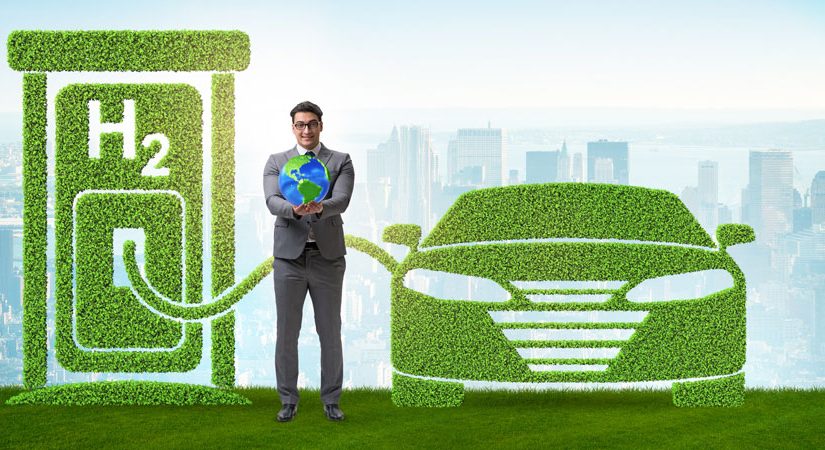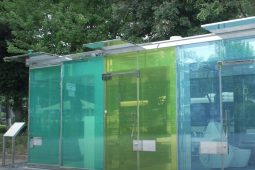Carbon capture technology to prevent global warming
In order to prevent global warming many countries are working to reduce emissions of carbon dioxide (CO2) which is one of the main greenhouse gases. Because the increased use of electric vehicles may reduce CO2 emissions, many regions have declared that only electric vehicle (EV) sales will be permitted in future.
Another measure against global warming is afforestation, which is effective in absorbing and capturing the CO2 in the atmosphere. However, research is being conducted across the world on artificial CO2 recovery technology that does not rely on plants.
Toyota’s Highly Efficient Artificial Photosynthesis Exceeds that of Plants
Regarding C02 recovery methods, interesting research results were released recently in relation to artificial photosynthesis which uses solar energy to generate other materials from CO2 and water (H2O). Toyota Motor’s research institute, Toyota Central R&D Labs, has developed an artificial photosynthesis device with a solar conversion rate of 7.2%, which is the world’s highest rate and surpasses that even of plants.
In plants photosynthesis produces starches as a nutrient source from CO2 and water. The device developed by Toyota synthesizes formic acid (HCOOH).
This device uses solar cells to convert solar energy into electrical energy and then applies electrical power to two electrodes in an aqueous solution which contains CO2. One electrode functions as an oxidizing electrode, taking electrodes from H2O while at the same time separating water into oxygen and hydrogen ions (H+). The other electrode functions as a reducing electrode, adding electrons to the aqueous solution, and catalysing a reaction between CO2 and the hydrogen ions which creates formic acid.
In short, by simply supplying sunlight as energy, useful formic acid, which has many industrial applications and is easily stored, can be produced from troublesome C02. The device operates at normal temperatures and pressures and so is easy to use. Moreover, the solar cell used is just 36 cm2 so the device is not huge and is practical in size.
If implemented on a wide scale, this device would enable the use of CO2 as a resource, and at the same time be a countermeasure against global warming.
Potential uses in fuel cell vehicles and hydrogen engines
Formic acid is an organic compound that has been used as a reducing agent, preservative, and antibacterial agent. In addition to being used in such areas as dairy farming and beekeeping, it is also used in dyeing, tanning, and metal plating. Furthermore, it has also shown promise as a material for storing hydrogen which is a potential fuel for fuel cells (FCs).
Fuel cells are devices which generate electricity via a process which produces water from hydrogen and atmospheric oxygen. As only water is emitted during power generation, they can be used instead of lithium-ion batteries as a power source for electric vehicles. However, hydrogen is a gas at normal temperatures and is difficult to use.
If a technology were developed that could easily extract hydrogen stored in formic acid, then hydrogen could be safely stored and transported. Moreover, Toyota’s long-selling fuel cell electric vehicle (FCEV) Mirai would be easier to use.
Toyota is also working on the development of a hydrogen engine which burns hydrogen instead of gasoline.Perhaps, hydrogen storage technology using formic acid could be applied in this field as well.








